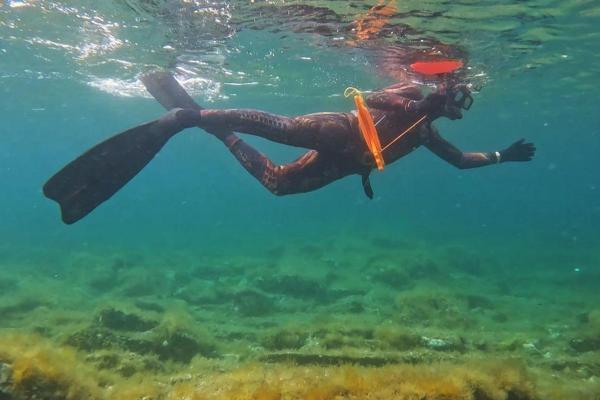Türkiye becomes role model in underwater activities
ISTANBUL


The World Underwater Activities Federation (CMAS) and UNESCO have recognized Türkiye’s Underwater Cultural Heritage Preservation Program, which has been in place for the past five years, as a model program.
With its harbors, ancient underwater cities and shipwrecks, Türkiye is one of the richest countries in the world in the field of underwater activities.
The Underwater Cultural Heritage Preservation Program, which the country has been implementing for five years, has been accepted as a role model by UNESCO and the World Underwater Activities Federation (CMAS).
Associate Professor Hakan Öniz, a faculty member of Akdeniz University’s Conservation and Restoration of Cultural Assets Department recently went to Paris, the capital of France, and signed the cooperation protocol with UNESCO and CMAS officials.
Öniz, who is also the Underwater Cultural Heritage director of CMAS, stated that the protocol will make a great contribution to the promotion of Türkiye.
Speaking to local media, Öniz said that within the scope of the program they implemented with the Turkish Underwater Federation, they trained 400 divers to protect the underwater cultural heritages.
“Scientists, Coast Guard, police or gendarmerie teams cannot protect the country’s coasts stretching almost 8,500 kilometers by themselves alone. With this program, thousands of divers protect our underwater cultural heritage and help us reach new findings. In addition, pamphlets have been prepared for divers in 120 countries and were translated into 15 languages so far.”
The science of underwater archaeology originated from American researcher Professor George Bass, who studied the Gelidonya shipwreck off the coast of the southern province of Antalya in the 1950s. The first underwater excavations, which began in Anatolia 70–75 years ago, led to the introduction of the field of study known as “underwater archaeology” in the international scientific literature.
